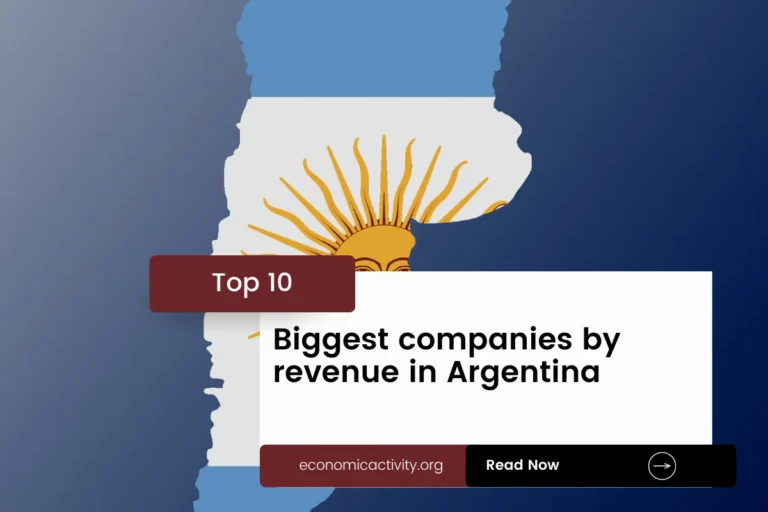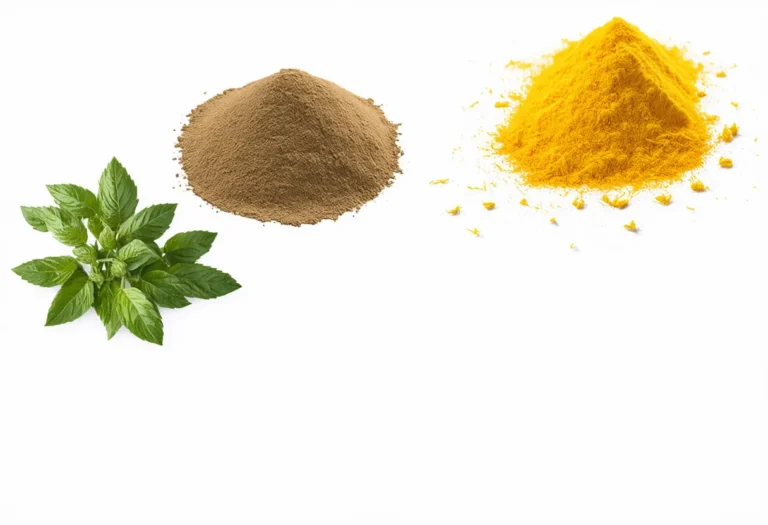Portugal, with a population of 10,409,704, ranks 88th globally, just behind Greece. Located in Southern Europe, it covers 92,230 square kilometers, ranking 106th worldwide, below Hungary.
Portugal’s economic position in 2022 is relatively stable, with a GDP of $255.2 billion, ranking 48th globally. It is just behind Iraq, which has a GDP of $264.2 billion. In terms of GDP per capita, Portugal ranks 46th with $24,515.26, slightly behind the Turks and Caicos Islands, with a GDP per capita of $24,917.60.
Despite facing challenges, Portugal’s economy continues to show resilience and potential for growth in the coming years.
What are the economic activities of Portugal?
- Primary activities: 2.2% of GDP.
- Secondary activities: 22.1% of GDP.
- Tertiary activities: 75.7% of GDP.

Primary Sector of Portugal
Portugal’s primary sector, particularly agriculture, thrives due to its mild climate and diverse natural resources. With 43.25% of the land dedicated to agriculture, the country produces a variety of products such as milk, tomatoes, grapes, olives, maize, oranges, pork, potatoes, chicken, and apples.
Despite contributing only 2.2% to the GDP, agriculture plays a crucial role in the economy. The sector’s significance lies in the wide range of crops and animal products it produces, ensuring food security and sustainability for the country.
The country’s diverse geology provides a rich array of natural resources. These include fish, cork forests, iron ore, copper, zinc, tin, tungsten, silver, gold, uranium, marble, clay, gypsum, salt, arable land, and hydropower. These resources play a vital role in the economy, supporting industries such as mining, agriculture, and energy production.
Secondary Sector of Portugal
What is the secondary sector or what are secondary activities?
The secondary sector involves industries that transform raw materials into finished products for consumption. In Portugal, main industrial products include textiles, clothing, footwear, wood, cork, paper, chemicals, fuels, automobiles, base metals, minerals, ceramics, glassware, technology, dairy products, wine, food, ship construction, plastics, and optics.
Manufactures play a crucial role in Portugal’s total exports, accounting for 74.86% in 2023. This highlights the significant contribution of the manufacturing sector to the country’s economy and export performance.
Tertiary sector of Portugal
What is the tertiary sector or what are tertiary activities?
The tertiary sector in Portugal encompasses a wide range of services where individuals provide knowledge and time to enhance productivity and meet various needs. This sector includes intangible offerings such as advice, expertise, and attention. Key tertiary activities in Portugal are restaurants, healthcare and medical care, education and training, banking and finance, communication and information exchange, and tourism and hospitality. These services play a crucial role in driving the country’s economy and enhancing the overall quality of life for its residents.
Highlighting these, Tourism is a crucial pillar of Portugal’s economy, contributing significantly to its GDP and employment. With an impressive 17,283,000 annual arrivals and a tourist to population ratio of 1.6603, the country attracts visitors from around the globe. Lisbon, with its iconic architecture and vibrant culture, and the Algarve region, renowned for its pristine beaches and breathtaking coastal scenery, are among the most popular destinations.
Another example of tertiary economic activity is the mobile cellular sector, boasting approximately 12.8 million subscriptions, which supports technological growth by enhancing connectivity and fostering innovation across industries.
Military Activities and Economic Sectors of Portugal
The military is a good example of many economic activities working together. In the primary sector, resources are extracted for military use. The secondary sector includes the manufacturing of military equipment, while the tertiary sector covers the services provided by the military. The quaternary sector focuses on military research and development, and the quinary sector involves high-level military decision-making and strategy.
In 2023, Portugal’s military expenditure was 4,223.2 million US dollars, which is 1.35% of its GDP. The active military force consists of 27,250 personnel, giving a ratio of 25.5 active military members for every 1,000 people in the country.
International Trade of Portugal
Import Activities of Portugal

Portugal’s high import activities, accounting for 52% of GDP, reflect its reliance on foreign goods and services for economic growth and development.
Portugal’s key import activities include crude petroleum, cars, refined petroleum, natural gas, and vehicle parts/accessories. Its main import partners are Spain (31%), Germany (11%), France (6%), China (5%), and Italy (5%).
Exports Activities of Portugal

In 2023, Portugal’s total exports reached 83.9 billion euros, constituting 49.6% of its GDP. With such high export dependence, these activities play a crucial role in the country’s economy.
Portugal’s export activities are diversified, with key partners including Spain, France, Germany, US, and UK. Major export commodities are cars, garments, refined petroleum, vehicle parts/accessories, and plastic products.
Portugal economy challenges in 2024
In 2024, Portugal faces economic challenges despite a strong services sector. High public debt and a tight labor market hinder growth. The EU Recovery and Resilience Plan offers hope for public investment, but the country struggles to improve its fiscal position.




Leave a Reply